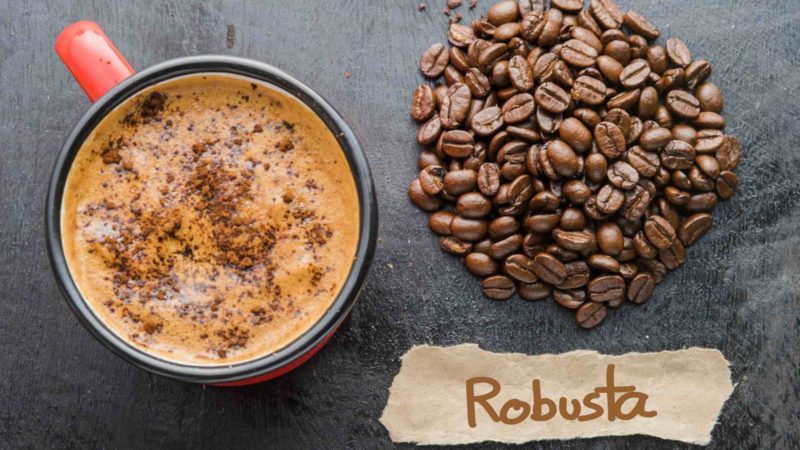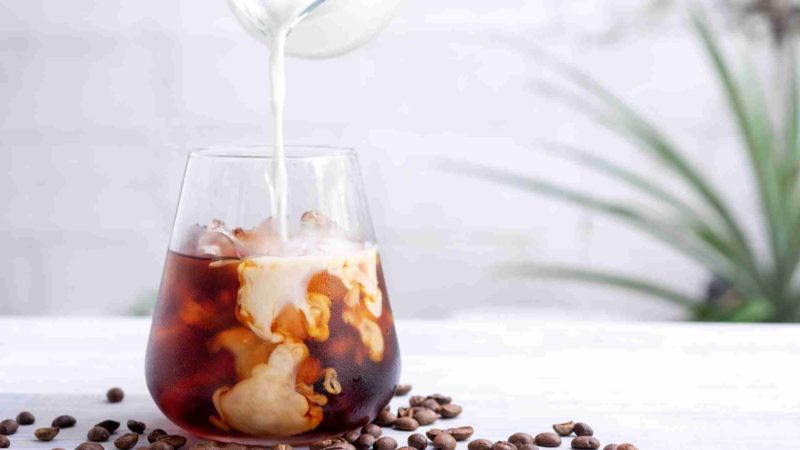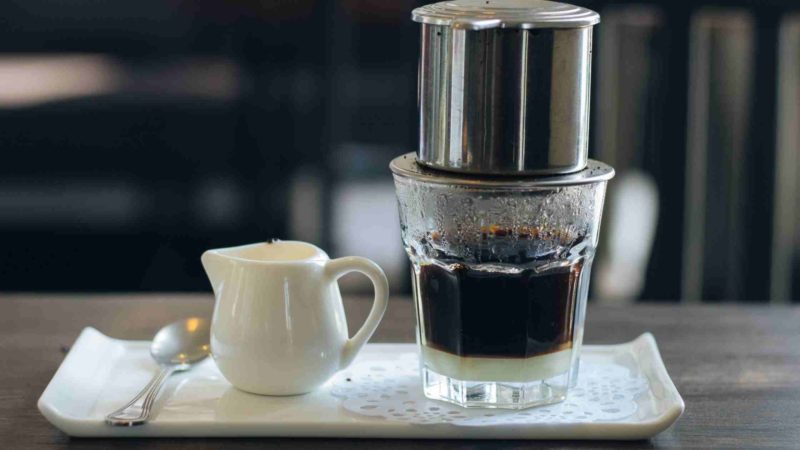Although Robusta coffee is the staple coffee of some cultures, most of western civilization has not developed the palate for it.
Because of this, robusta is associated with harshly bitter flavors that are used as fillers for instant coffee and decaf.
But can we enjoy robusta coffee in its purest form?
The answer is yes! We definitely can. But we need to make sure we know what we are doing. Let’s go over how to brew robusta coffee so that you can enjoy this interesting form of coffee.
Contents
Is Robusta Coffee More Bitter?
Yes Robusta coffee is more bitter and that’s partly the reason why your average coffee drinker doesn’t like it. However, if you are accustomed to bitter coffee in general (Like a French roast/Italian roast) you may like it!
However, the bitter profile is not the main reason why Robusta coffee gets a bad rap. People tend to associate Robusta coffee with more unpleasant, rubbery, earthy flavors.
But this doesn’t have to be the case! There are higher quality robusta coffee brands out there. Plus, the way you brew it matters.
How To Brew Robusta Coffee That Tastes Great

So you got yourself a bag of robusta coffee beans and your traditional way of brewing is not cutting it for you.
Here are some tips and tricks to make a tastier robusta brew!
Put less in
Starting with the basics, put less coffee grounds than you normally would.
Robusta will taste very strong compared to arabica and this may not be enjoyable for most people. Not to mention that robusta coffee has 2x the amount of caffeine as arabica!
Therefore, you can afford to cut back on the amount of coffee grounds that you put into your favorite brew method.
Change the extraction time
Timing for extraction with coffee is important. The flavor profile of your coffee will depend on how long you let it brew!
This is the order in which coffee flavors extract: First, our acids and fats are extracted, then our sugars (which cuts the acidity), and finally the fibers of the coffee break down giving us that bitter flavor.
If you find that your robusta coffee is too bitter, you may consider brewing options that cut down the time of the brew. For example, you would want to avoid brewing with a French press. But if you do use a French press, brew for less time than you normally would.
Also, the size of the grind affects extraction speed, keep reading to find out how.
Change grind size
Changing your robusta coffee grind size can change the extraction rate. How does this work? Well it’s simple.
Coarse coffee grounds extract faster than fine coffee grounds. This is because coarse coffee has less surface area to interact with the water.
Therefore, if you use coarser coffee grounds, you will extract less of that bitter flavor that robusta coffee is known for!
Try Cold Brew

Cold brew in general is less acidic, less bitter, and just plain smoother.
In a nutshell, you make cold brew coffee by steeping coffee grinds at room temperature or refrigerated water for over 12 hours.
The extraction process is different than hot water due to the drastic temperature differences. Hot water will rapidly extract acidic and bitter flavors while cold water will almost completely avoid this extraction.
If you want a less bitter and intense robusta coffee, consider cold brew. Many regular coffee drinkers find that a robusta cold brew can have more richness and body making it very delicious!
But be careful about the caffeine content! Robusta coffee is already 2x the caffeine content of arabica. Cold brew is also more concentrated than regular drip coffee.
This combination leads to a very very caffeinated drink if you do not dilute it.
Here Is Our Favorite Cold Brew Recipe For Robusta Coffee: Step 1: Get a mason jar We use the 32 ounce ones and make less at a time but you could purchase a half gallon to store more! Step 2: Measure out coarse coffee grinds Grind your coffee on the coarse setting of your burr grinder and measure enough so that you have a 1 to 4 ratio of coffee to water. Then put your grounds into the mason jar! Step 3: Pour in cold water Remember, you are doing a 1 to 4 ratio of coffee grounds to water. Step 4: Let it steep for 12 to 24 hours If you are steeping the coffee at room temperature, 12 hours is fine. If you steep in the fridge you should go closer to 24 hours. Step 5: Strain your coffee I like to use a coffee filter and pour it into a pitcher/extra mason jar. Pour slowly to avoid spilling. Step 6: Enjoy! Enjoy your cold brew over ice, straight, with milk, or whatever makes you happy! Since you are using robusta coffee, you may want to dilute it with water!
Blend with other beans
Robusta beans blended with arabica can change the flavor without bringing down the quality. Test a few percentages and see what you end up liking!
In fact, Robusta coffee beans are commonly added to espresso blends to bring out the crema they are known for.
Try Robusta Coffee With Condensed Milk

This is how the Vietnamese drink it. They brew their robusta coffee via a pour over method and add condensed milk.
Both for hot and iced variations.
It’s actually very delicious. Even though it’s not your typical morning coffee, think of it like a different drink.
The Kind Of Robusta Coffee You Get Matters
As I have alluded to in this article before, not every robusta blend is the same. Good quality robusta can be just as good as Arabica!
We made a list of the best robusta coffee brands readily available, check them out!
Differences Between Robusta And Arabica Coffee
I went into a lot of detail on the topic of robusta vs arabica coffee. Here are the main points:
- 60% of the coffee we drink comes from arabica.
- Arabica coffee tends to be smoother, contains more of the inherent fruity flavors, and has a higher sugar concentration.
- Robusta coffee tends to be harsher, more bitter, more earthy, and more caffeinated (Almost twice the caffeine).
- Robusta coffee plants are more durable in nature leading to higher production yield. This tends to make it cheaper.
- Arabica coffee is best for your standard coffee brewing methods such as drip, French press, and pour-over. Robusta is better for specialty coffee like espresso and Vietnamese iced coffee.
Does Starbucks Use Robusta Coffee?
The answer is not clear on this because starbucks is not very public about the types of beans they use. However, there are reasons to believe that starbucks does use robusta coffee beans for certain blends.
What are these reasons? Well some people say it’s the woody after taste while others claim the caffeine content is too high to be made with only arabica.
There is a good chance that their espresso blends contain robusta beans. Espresso in general is made with blends that include robusta coffee beans.
Is Robusta Good For Espresso?
Robusta is commonly found in espresso blends. This is because of the higher caffeine content and also its unique ability to produce crema (The foamy layer on top of the espresso shot).
So yes, robusta is a great addition to espresso.